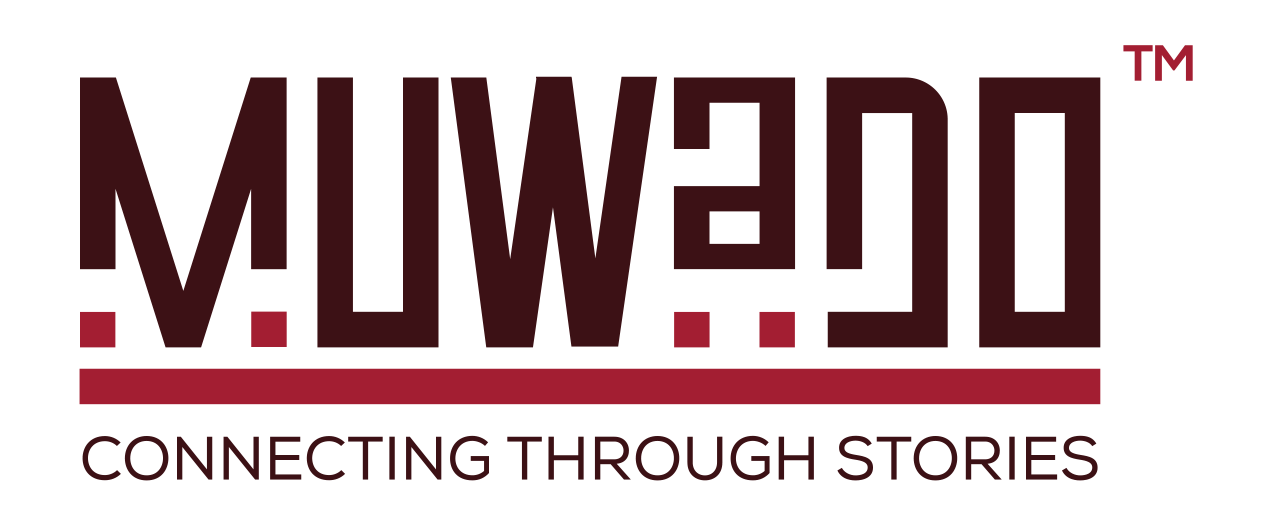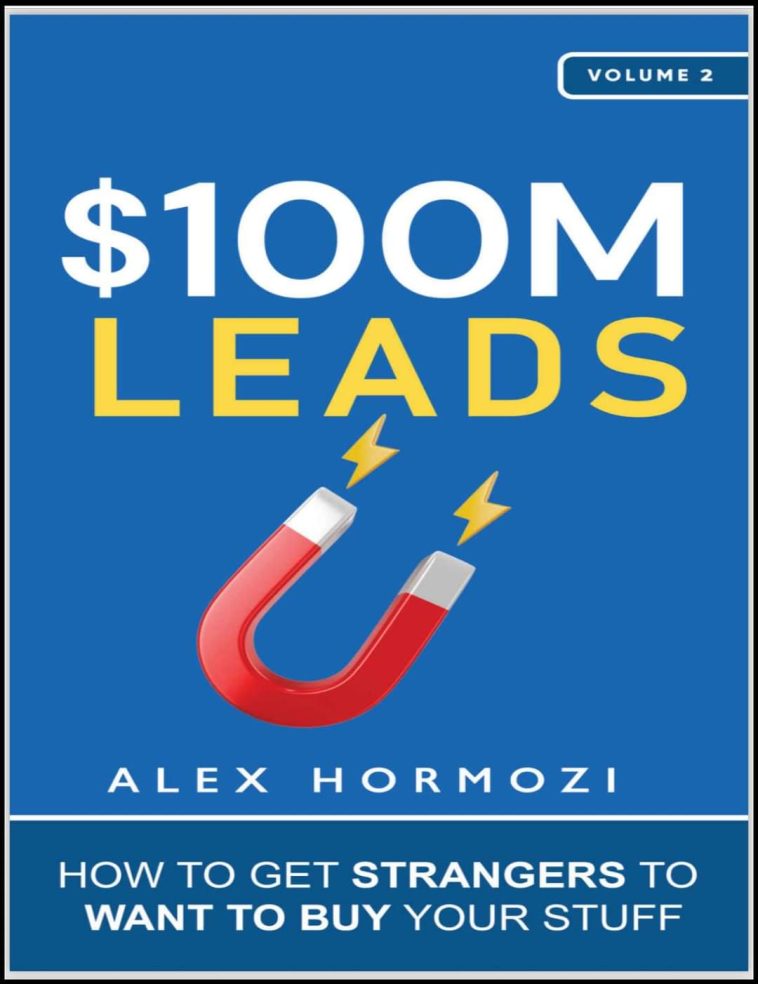This book teaches a lot of things. My “review” doesn’t exactly cover the book comprehensively. But what I’ve written here are my main takeaway points from the book.
1.
Every small business owner is going to find this book useful. If you run a food business, a bakery, an online store, a software business, real estate, Airbnb, pretty much anything along those lines, this book is for you.
2.
We fail in business because we are ignorant. If you have read the book “The E-Myth Revisited”, you will know that the majority of us go into business not because we are naturally entrepreneurs, but rather because are familiar with the technical work of the business. This would be the equivalent of a lawyer starting a law firm, a baker starting a bakery, a teacher starting a school, an engineer starting an engineering firm, etc; only to be struck by the humbling realization that knowing the technical work of the business doesn’t necessarily mean you can run the business that does the technical work that you know. You have to learn a lot of things about running a business and we never take the time to learn these things. One of these things is marketing, and this book does a great job breaking down the details you need to know about marketing your business.
3.
There are actually learnable skills, structures, and processes that we can all adopt to learn how to market our businesses. The book has made me realize
a. How little I know about marketing a business.
b. How the relative growth I’ve seen in the past has been mostly luck.
c. How much more I need to learn and do.
d. It’s really up to me to determine how much money I want to make, and I can make it if I am ready to do the work.
4.
The key difference between individuals who thrive in business and the rest of us lies in their resilience and work ethic. Marketing demands a considerable amount of skill and dedication. Alex, in his discourse on acquiring initial customers through your warm leads (people who know you), emphasizes the exhaustive process of sifting through phonebooks, email contacts, and social media connections in pursuit of warm leads. He vividly portrays the scenario of reaching out in staggering volumes: imagine sending 100 personalized text messages, emails, phone calls or DMs each day for 100 consecutive days! Meanwhile, can you imagine the anticipated reward for all this work? The hope that out of the 100 daily outreach endeavours, roughly 15-20 individuals will open your emails, pick your calls, or give you attention really. And as a result of this, 1-5 of them may actually buy.
Let me give this example, imagine I set out to start a baby clothing business from scratch. With not a single customer or lead in sight, I’d have to comb through my WhatsApp contacts, Facebook friends, Instagram connections, and other platforms, methodically contacting mothers and other possible customers one by one. From this outreach, there’s a likelihood of 15-20 responses daily, with perhaps 5 resulting in purchases. Repeating this routine daily for 100 days could yield a substantial 500-customer base, albeit after reaching out to 10,000 individuals. This same approach could work for a baker, a young lawyer starting a law firm, someone starting a school, a software engineer, and many other small businesses.
The book delves into the process of how you compile these lists, identifying target demographics, selecting appropriate platforms, crafting personalized messages, warming up your leads, making enticing offers, and ultimately closing deals to commence revenue generation. While undoubtedly challenging, this process has been proved to work for many who don’t have the privileges social media has offered us. Just ask yourself, do you have what it takes to do this work?
The book goes further to discuss other strategies for engaging with cold leads (the people who don’t know you), leveraging content as a form of advertising, and deploying paid social media advertisements. While these strategies demand substantial effort and perseverance, the potential rewards are significant. By adhering to the prescribed processes, you can eventually establish measurable goals and forecast the requisite efforts to achieve them. Ultimately, the book empowers readers to realize their capacity to determine their income levels, based on their willingness to invest the necessary labor.
5.
Somewhere in the last chapter of the book, Alex says “most people dramatically underestimate the volume of work it takes to make advertising work. They are not doing half as much or a third as much as is required. In fact, they’re doing dramatically less.” He gave an example where he took advise from his mentor to try advertising his gym business by printing out flyers and sticking them on car windshields. He printed 300 flyers and only got one phone call from all the flyers put out. He later went to lament to his mentor about how futile the exercise was to which his mentor responded:
“How many did you put out?”
“I put out 300”
“Shoot, you only put out 300? Hard to know if anything works with such a small number. I test with 5000. Then when we find a winner, we put out 5000 per day, every day, for a month.”
We simply never do any of these in volumes that make business sense because we either don’t know what is required, or we are too lazy, or simply too stingy to do the work. I thought about how I’ve been stingy with paying for social media ads to advertise the keto business. There was a time I spent $100 on a keto ad for a month and got around 10 new customers from that one ad. That’s 20,000,000/- coming from a 370,000/- investment. Imagine spending 18,500/- and you make back 1,000,000/-. But then I stopped because there was also another day when I spent the same $100 and didn’t get a single customer.
Yet all I needed was to educate myself on how to make a good ad, know which platform to run it, know the right audience to target, get the perfect lead magnet with a great offer, and then get contacts funnelled to the sales team for closure. Keep doing this over and over with different ads and a much bigger monthly budget after I’ve figured out how to work the ads. I had something that works, but I gave up too soon.
ACTION POINTS
1. Start building a marketing team.
I can’t be the only one creating content and marketing my businesses. It worked for while, but I can’t go far at this rate. In pursuance of this goal, I hired a social media/ content manager this week and the started work yesterday. I have even given them an assignment to read two book, “Building a Story Brand” and this one “$100M Leads”.
2. Hire a second person so there are two people dedicated to the 2 businesses.
One for Keto and another for RBBQ&B, I hope to accomplish this by end of this coming week. I have been lagging behind on content creation (for business) and yet my business has mostly grown on this. I need to turbocharge my social media marketing.
3. Increase my social media marketing budget to at least $200 per month shared by both businesses.
I have witnessed the power of social media ads but I’ve been using them sparingly. I am now going to be more consistent.
That’s it for now, so help me God.
Like I said, my “review” is not really a review. As you may all know, 3 people may read the same book and they all walk away with different key messages. What I share in my “review” is not really a review of the whole book but the points that really stuck out for me. These may be different for you though and you would definitely have different action points at the end of the book.
But like I said, if you run a small business, this book is for you. There’s a chance it may impact your life as much as it has impacted mine.
Here’s the audible link in case anyone wants to buy a copy
This post was created with our nice and easy submission form. Create your post!




